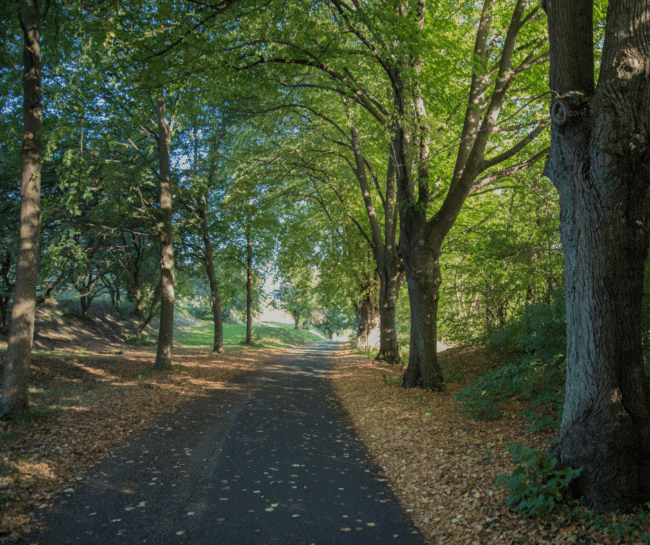Highlights
• More greenspace was associated with self-reported non-recreational physical activity.
• Living by the coast was related to non-recreational, walking and total activity.
• Associations were most consistent in the lowest household income quintile.
• Relationships were not replicated in a smaller accelerometry subsample.
Abstract
Background
Physical inactivity is a major public health concern. Natural, or semi-natural, environments may encourage physical activity, but the influences of socio-economic factors have been under-researched.
Methods
We explored the associations between meeting physical activity (PA) guidelines and both neighbourhood green (area coverage) and blue (freshwater coverage and coastal proximity) environments for urban adults using data from the Health Survey for England [HSE] (2008/2012). We considered different domains of self-reported PA: walking (n = 18,391), sports and other exercise (n = 18,438), non-recreational (domestic/gardening/occupational; n = 18,446) and all three domains combined (n = 18,447); as well as accelerometer-derived PA data using a subsample (n =1,774). Relationships were stratified by equivalised household income as an indicator of socio-economic status.
Results
After adjusting for covariates, living <5km from the coast was associated with significantly higher odds of meeting UK 2010 guidelines through self-reported total, walking and non-recreational PA (e.g. total PA, <5 km vs. >20km, adjusted odds ratio (ORadj) =1.26; 95% confidence interval (CI) = 1.15-1.39) but unrelated to sports and exercise. Greater neighbourhood greenspace, however, was only associated with significantly higher odds of meeting guidelines through non-recreational PA alone (e.g. 80-100% vs. <20 % ORadj = 1.32; 95% CI = 1.12–1.56). Although associations were most consistent in the lowest income quintile, income-related results were mixed. Relationships were not replicated in the smaller accelerometry subsample.
Conclusion
Our self-report findings for the differing domains of PA as a function of neighbourhood green and blue space broadly replicated previous research, yet the reasons for the observed differences between PA domains and environments remain unclear. We did not observe any associations between environmental variables and accelerometer-measured PA; further research with larger samples is needed.
Read the Research
References:
Joanne K.GarrettMathew P.WhiteLewis R.ElliottBenedict W.WheelerLora E.Fleming

